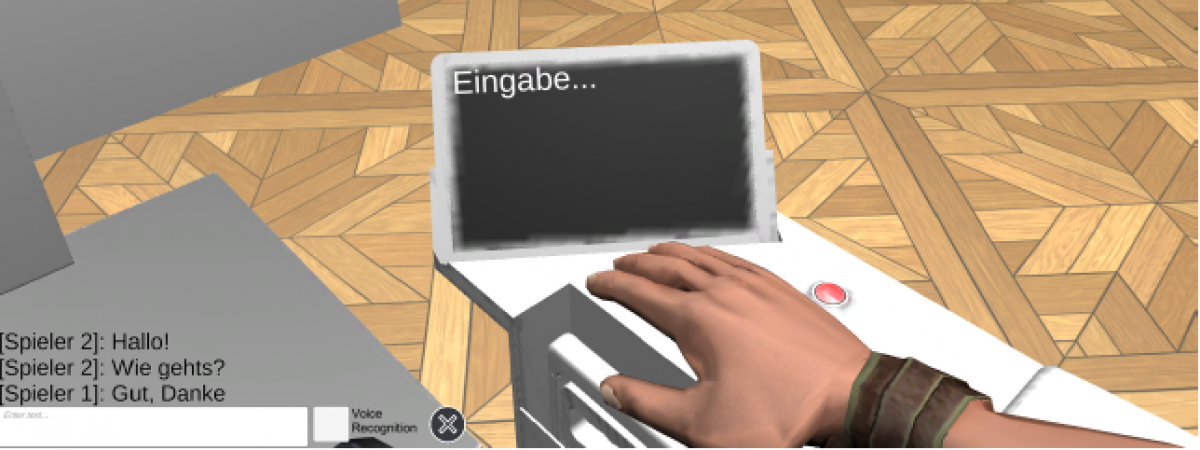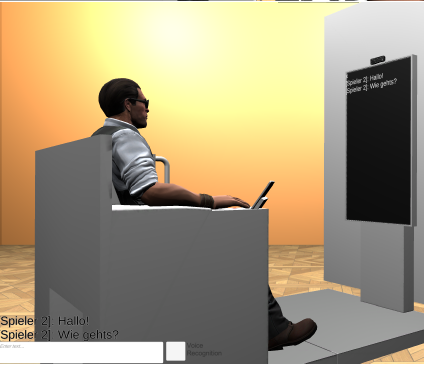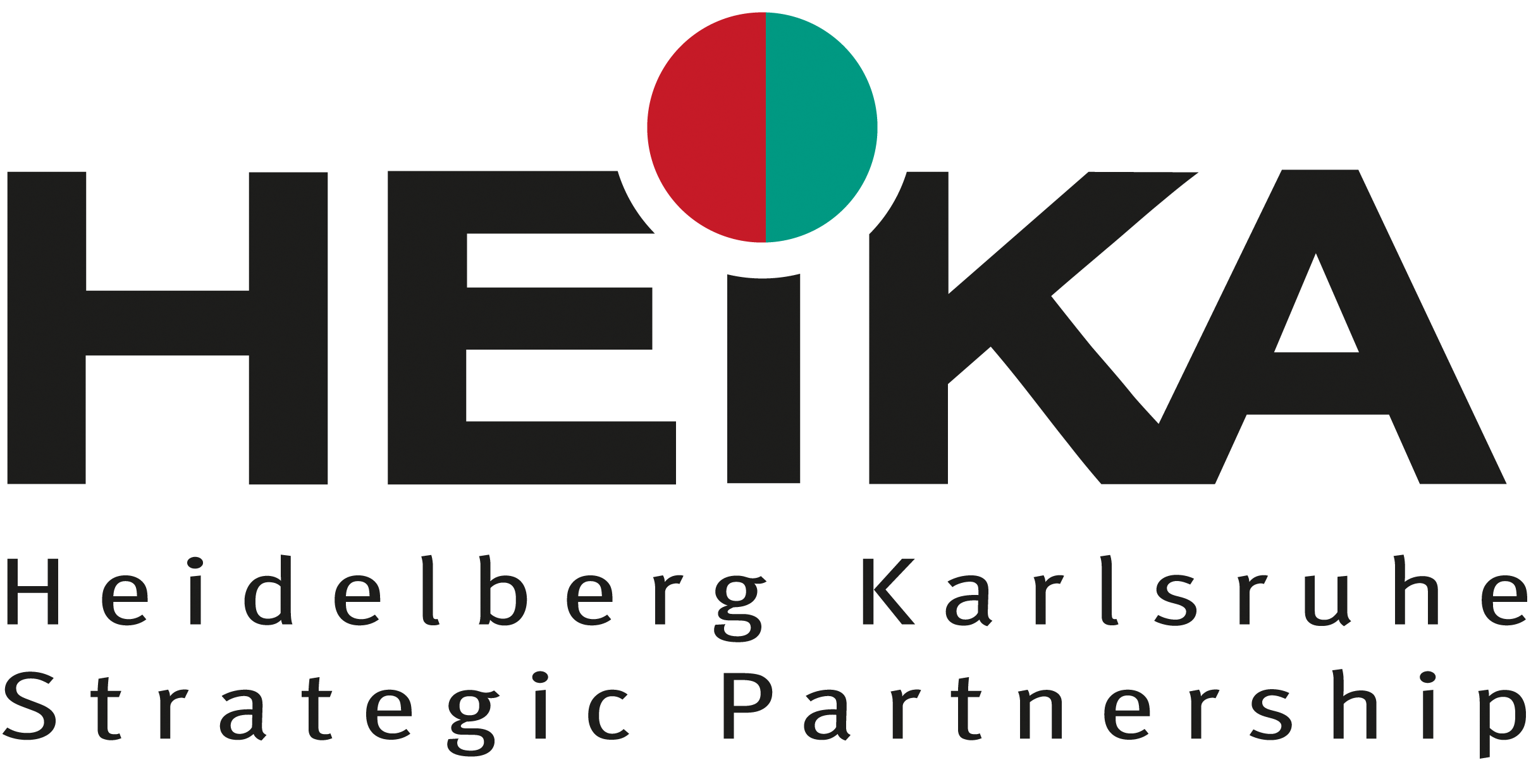
A disease such as cancer is often a dramatic experience in life. Therefore, the first contact between patient and physician is particularly important. In a conversation between patient and physician, called anamnesis or patient history taking, the physician gets a first impression and might already take first decisions for the following diagnostic process. Consequently, the dialogue for the anamnesis is of crucial importance. To professionalize the communication between patient and physician is an essential task Jürgen Hesser and Ines Langemeyer are exploring by using cutting-edge technology to reshape patient-physician communication through a unique serious game approach.
Project details
Project management

In recent years, AI tools start to be implemented along the medical process chain. In a State-funded project, TEDIAS, an automatic process was implemented for this anamnesis via a chatbot which has currently been evaluated in a medical trial. Yet, there is still the uncertainty whether such a chatbot biases the answers of the patient either in the positive or negative way. To answer this question, in a pre-funded project by the VW foundation, the strategy was identified how to obtain this information best. The plan was to organize this communication of patient with the chatbot over a so-called serious game.
In this game, two configurations shall be tested: either two players are representing patient and physician (role-taking of the two roles) or there is only one player who takes on the role of the patient while the other counterpart is the chatbot. To obscure whether there is a chatbot or a real person on the other side in the role of the physician, the patient sees only text resp. synthetic audio. In the case of the chatbot, the text of the predefined questions asked to the patient are converted into audio whereas for a real patient, the voice is converted first into text and then synthesized back into audio.
The chatbot which gets a list of predefined questions will use these questions and reformulates them in a natural conversation between two persons using large language models such as GPT. Patients are answering by selecting pre-defined answers as in a real setting – this is to obtain structured information.
After the pre-defined question list is processed, the patient player is asked to answer specific questions by how far he or she felt well and well-recognized by the other side (chatbot or physician player). He or she will also be asked to judge on the quality of the communication. It is explored whether empathy and understanding is experienced in different ways.
A first prototype of this game was developed in two bachelor thesis and during the project the game is optimized regarding usability on one hand side and augmented with the chatbot that uses the large language model for conversation as well as the final part, the evaluation.

